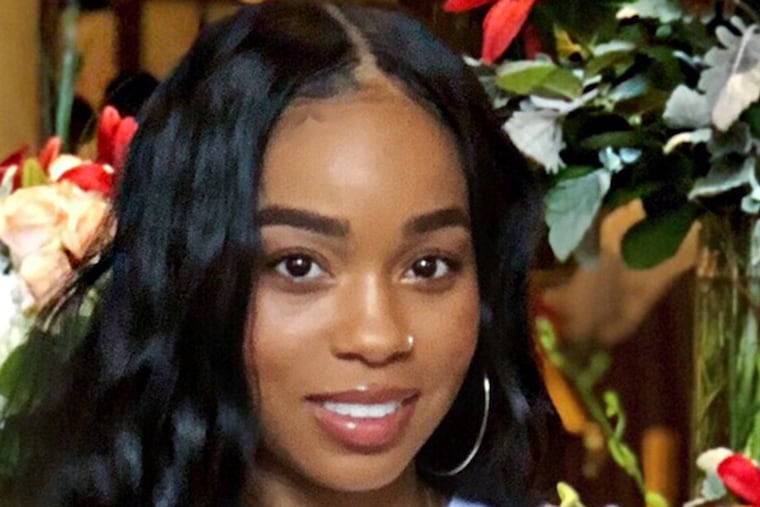I’m healthy. I’m young. Do I really need to purchase health insurance?
The 2019 open enrollment period, which ends Dec. 15, is quickly coming to a close, and like many, I found myself faced with the complicated decision of whether or not to buy health insurance.

The 2019 open enrollment period, which ends Dec. 15, is quickly coming to a close, and like many, I found myself faced with the complicated decision of whether or not to buy health insurance. I’m healthy, employed full time (though as a contractor without full benefits), and young-ish — meaning I’m old enough to have aged out of coverage under my parents’ health insurance plan, but young enough to have more Instagram followers than money in my 401k. I really struggled with burdening myself with yet another monthly bill. To determine whether I truly needed health insurance, I asked myself two very honest and basic questions:
Is the risk of being uninsured worth the financial gamble?
If a freak accident occurred and I had to be carted to the emergency room, could I afford the price of the visit?
My answer was “no” on both accounts.
So I find myself here, with eight years of higher education under my belt but having no clue how to pick a health insurance plan on the federal marketplace exchange . Though I hold a Master’s degree in public health and actually work in the health insurance industry, amusingly, picking health insurance on my own was still intimidating. Choosing the wrong plan could be just as bad as not being insured at all.
“Health insurance is just not a priority for me”, my friend from undergrad recently confessed. He hasn’t had health insurance for two years, and I don’t blame him. Millennials are bearing the burden of increasing student loan debt and earning less for jobs that require an advanced degree. On average, people between 20 to 30 years old pay $351 per month on student loan payments. For those of us who are working multiple jobs to keep up with rent and pay off crippling student loan debt, paying yet another monthly bill seems out of the question.
Over the summer, that same friend dislocated his shoulder cliff diving and was slapped with an emergency room bill of $5,000. He shrugged it off, reasoning that if this was the worst that had happened to him in the past two years, he fared pretty well. In this instance I would have to agree; eHealth insurance data collected from the 2017 open enrollment period showed that premiums cost an average of $378 per month for individual’s without subsidized coverage. So, if my friend had been insured, in two years he would’ve paid $9,072 in premiums alone. This figure doesn’t include copayments, deductibles and other out-of-pocket costs not covered by insurance. A net savings of $4,072 is not too shabby.
Of course, my friend’s experience is an exception and not necessarily the rule. Admittedly, the price of private health insurance initially dissuaded me from selecting a plan; and for a short time I lived without insurance too. But after some consideration, I circled back to my original two questions and decided that I’d rather bear the burden of monthly premium costs than risk being uninsured and injured.
Deciding on a Plan
After about a week of online searches, a few emails with my former health policy professor and frequent visits to Healthcare.gov I selected a plan.
Here’s what I found most helpful (in no particular order):
Identify your current medical needs. Do you currently see a primary care physician (PCP), Naturopath, Osteopath, or other specialist that you love? Ask them which insurance plans they accept. From there, you can see which plan(s) each insurer offers on the exchange that falls within your budget and covers your medical needs. It’s pretty pointless to have health insurance that is not accepted by your preferred provider. And when evaluating plans, determine how much your copayment will be for each doctor’s visit. Think about how many times per year you typically see your doctor. Generally, if you have a lower monthly premium, your copayment will be higher and vice versa.
Visit the website of the insurance plan provider you are thinking about choosing. Seems like a no-brainer but trust me, after staring at insurance-lingo for hours on end you might be tempted to pick the cheapest option without reading about the benefits in detail.
Make sure the plan’s nearest in-network provider is accessible and isn’t located too far away. At least a few hospitals within a 20-mile radius should accept your insurance. It’s pointless to have insurance if you cannot use it to defer the cost of immediate and/or preventative medical care.
Know what the plan covers. Generally, vision and dental insurance are not included in health insurance plan packages on the exchange. If that’s an extra expense you just can’t spring for, get a Gold Star Costco membership for $60 per year where you can be seen for a routine eye exam by a licensed Optometrist for about $60.
By no means, are these the only ways to find health insurance but they are what worked for me. My “just in case” reasoning for getting health insurance won’t resonate with everyone but my suggestion to fellow millennials or the young-ish crowd who are at a crossroads, is to do a cost-benefit analysis before deciding whether private health insurance is a financially sound option. Being able to estimate the cost of my medical services gives me more peace of mind. There are a lot of wagers that I’m willing to take in life but the cost of my health care isn’t one of them.
Kristina Thompson, MPH, is a health policy analyst at an insurance company in Philadelphia and a 2018 graduate of Drexel University’s Dornsife School of Public Health.